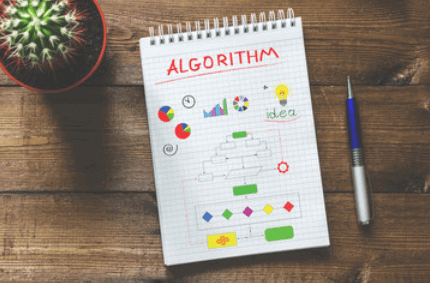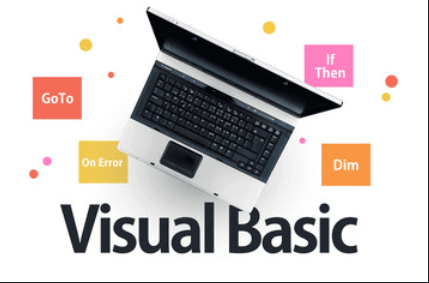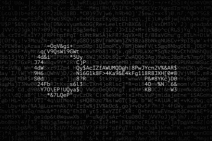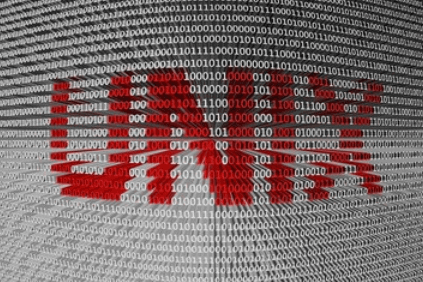Question
a.
They lead to a linear and monotonous representation.
b.
They result in diagrams with fewer states.
c.
They create a clear and organized structure.
d.
They cause a combinatorial explosion of states.
Posted under Human Computer Interaction
Engage with the Community - Add Your Comment
Confused About the Answer? Ask for Details Here.
Know the Explanation? Add it Here.
Q. What is the challenge posed by concurrent interactions in State Transition Networks (STNs)?
Similar Questions
Discover Related MCQs
Q. How does the number of states in an STN change as more toggles or interface elements are added?
View solution
Q. What is the proposed solution for handling concurrent dialogs using STNs in direct manipulation interfaces?
View solution
Q. What is the purpose of adding an "escape" key in a dialog system?
View solution
Q. How is the concept of "escape" handled in hierarchical State Transition Networks (STNs)?
View solution
Q. How is the behavior of a help system different from that of an escape mechanism in a dialog?
View solution
Q. What is a fundamental difference between State Transition Networks (STNs) and Petri nets?
View solution
Q. What do the circles represent in a Petri net?
View solution
Q. How are transitions fired in a Petri net?
View solution
Q. What does an inhibition arc represent in a Petri net?
View solution
Q. How does a hierarchical structure in Harel's state charts differ from that of traditional State Transition Networks (STNs)?
View solution
Q. In Harel's state charts, what does a dashed line between two subdialogs with the "AND" keyword indicate?
View solution
Q. What does the "history" feature in Harel's state charts represent?
View solution
Q. How does the OFF button act as an escape in Harel's state charts?
View solution
Q. What is the advantage of using flow charts for dialog specification?
View solution
Q. In flow charts, what do the rectangular boxes typically represent?
View solution
Q. Which aspect of user interactions is associated with a parallelogram shape in flow charts?
View solution
Q. What is the primary purpose of the elliptical 'finish' box in a flow chart?
View solution
Q. In the described flow chart, what does the 'Y/N' question refer to?
View solution
Q. What is the main difference between using a flow chart for dialog design and program design?
View solution
Q. Which shape in a flow chart represents processes and decisions made by the system?
View solution
Suggested Topics
Are you eager to expand your knowledge beyond Human Computer Interaction? We've curated a selection of related categories that you might find intriguing.
Click on the categories below to discover a wealth of MCQs and enrich your understanding of Computer Science. Happy exploring!








